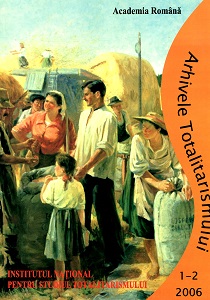
Globális versengések metszetei
As a result of the nuclear power equilibrium, achieved through the post-war American-Soviet race for supremacy, the possibility of direct military conflict decreased significantly from the mid-1950s onwards. At the same time, the arms race between the two superpowers was accompanied by rivalry in all walks of life and the number of domains of such peaceful competition radically increased in the subsequent decades. In this situation, the dynamics of the rivalry between the two superpowers created an entire system of mutual interactions despite their opposition. The extreme diversity of the domains of competition covered vast distances both physically and virtually and followed steep rollercoaster curves across a few decades: competition was present on the ground as well as in space and air, on the surface and in the depths of the seas; it affected international relations as profoundly as it did everyday life. The high amplitude of competition separated and connected parts of the world with divergent world views and formative structures. Rivalry and its reciprocally inspirational effects together created a global climate, that is to say, an expansive civilizational ecosystem, which is now known as a characteristic of the second half of the twentieth century, or, in more simplified terms, as the Cold War.
More...














